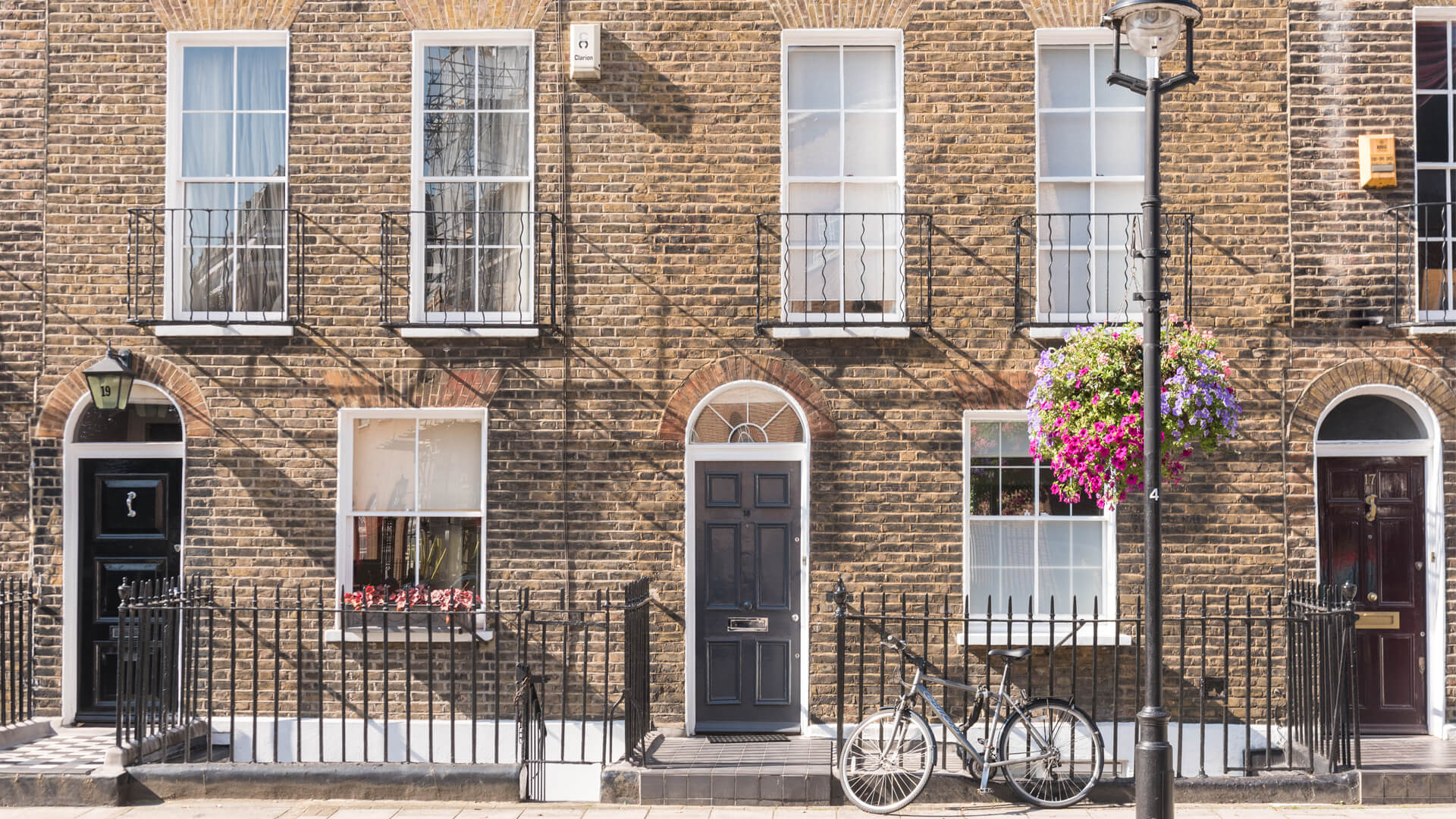By Holly Welles, Construction and Commercial Real Estate Writer and Editor of The Estate Update.
There is a certain beauty and character in an older building that modern ones seldom have. Sure, new construction is built for current needs, but personality can sometimes be lacking. Revamping an older structure is good for the local community because it takes a blighted structure and turns it into something exciting and new. The costs of redesigning are often less than building from scratch, too.
Commercial property remodeling over the last five years had an average growth rate of 8.9%. Businesses are turning more to remodeled properties rather than new construction due to a variety of factors, including lack of available space and the time involved in starting something from the ground up. If you’re thinking about taking on an older building remodel and adapting it for modern needs, here are a few things to keep in mind.
1. Tear Down Walls
The first step in renovating an older building is taking everything down to the studs. Once the drywall or other materials are off the walls, the engineers can more easily see which ones have ducts and where electricity and plumbing currently is. It’s easier to come up with a plan for the future layout if everything is located, because not every element will need to be replaced.
2. Ensure Structural Integrity
Walls should not be removed without seeking the advice of a structural engineer who specializes in commercial buildings. Nobody wants to invest thousands into remodeling only to have the ceiling fall due to instability.
This is also a good time to get the foundation of the building inspected and ensure any floors above ground level are sound. Furthermore, consider the needs of the property owner — areas that might hold heavy equipment should be reinforced.
3. Improve Energy Efficiency
Older buildings tend to have old windows and a lot of drafts that can cost a fortune in heating and cooling. Renovators should look into replacing single-pane versions with double- or even triple-pane counterparts. They can also choose larger windows to let in more natural light and or models that regulate temperatures throughout the day.
Conduct an energy audit to figure out all the ways to make a remodel as eco-friendly as possible. Building professionals can assess the building envelope and find opportunities to maximize energy efficiency. This approach to energy management can give investors and builders alike a data-driven assessment of the project.
4. Fix HVAC and Plumbing
When renovating an older building, some things form the foundation and must be looked at first. Examine HVAC ducts and ensure plumbing is up to modern code and will meet needs.
Some businesses need water lines throughout the structure to use H2O for machine processes. Others may only need plumbing in bathroom and kitchen areas. Having an idea of the finished layout of the remodel allows people to decide where lines should be and helps HVAC technicians do a better job.
5. Add High-Tech Capabilities
Today’s commercial buildings must be capable of gaining access to high-speed internet and ready to adapt to the Internet of Things as more and more devices are added both for businesses and personal use.
Just because someone is buying a pre-existing building doesn’t mean they can’t look for one that is near fiber optic cables. Areas where a lot of renovation is already occurring are more likely to have needed technology. Cables should be run into the build to ensure the entire structure is wired for future tech use.
Buildings can also be adapted to incorporate smart technology that automates heating, lighting and other crucial functions. With an estimated 40% of all energy usage in a building attributed to lighting alone, these features provide a quick win for property owners and tenants. Energy costs can be reduced with changes as simple as LED lighting or as comprehensive as integrated building automation systems.
6. Preserve Historical Features
One survey of millennials showed that about 97% appreciate the value of preserving older buildings. They support reusing what is already existing rather than building new. The generation proves this migrating to big cities and revitalizing older homes rather than moving to the suburbs and buying newer ones.
One of the reasons people like to restore old buildings is because they often have unique elements that just can’t be found in newer structures, such as hand-carved wood posts on the staircases or beautifully intricate stained glass windows.
Renovators should stand back and look at what makes the building unique so they can preserve that which can’t be replicated. Even exposing an old brick wall adds character.
7. Tell the Building's Story
Modernizing a building may be necessary, but its history still matters. It’s important for builders to tell the story of what it once was. Take photos before the remodel starts and at various phases in the process. Seek old pictures of when the building was used in another way.
This is an excellent opportunity to preserve local history and add value for the community. For example, say a company retrofitted an industrial space that previously housed a clothing textile company in the early 1900s. Someone might look for images of workers on the line, and then show the building falling into disrepair and its current restored glory. They can even add some plaques with an explanation of the transformation.
8. Redesign an Older Building While Respecting its Past
Retrofitting commercial and residential spaces alike is an excellent way to adapt older spaces for modern needs. This type of restoration reduces the waste of new construction while helping revitalize the communities these building serve.
At the same time, t’s important to retain the space’s history for future generations. By restoring an old building, people keep something unique alive and reuse materials, reducing the negative impact on the environment from new production.
There are times when repairing and replacing so many elements will seem overwhelming, but in the end, it will be a unique place that’s different from competitors. There’s satisfaction in taking something old and making it new again.






























